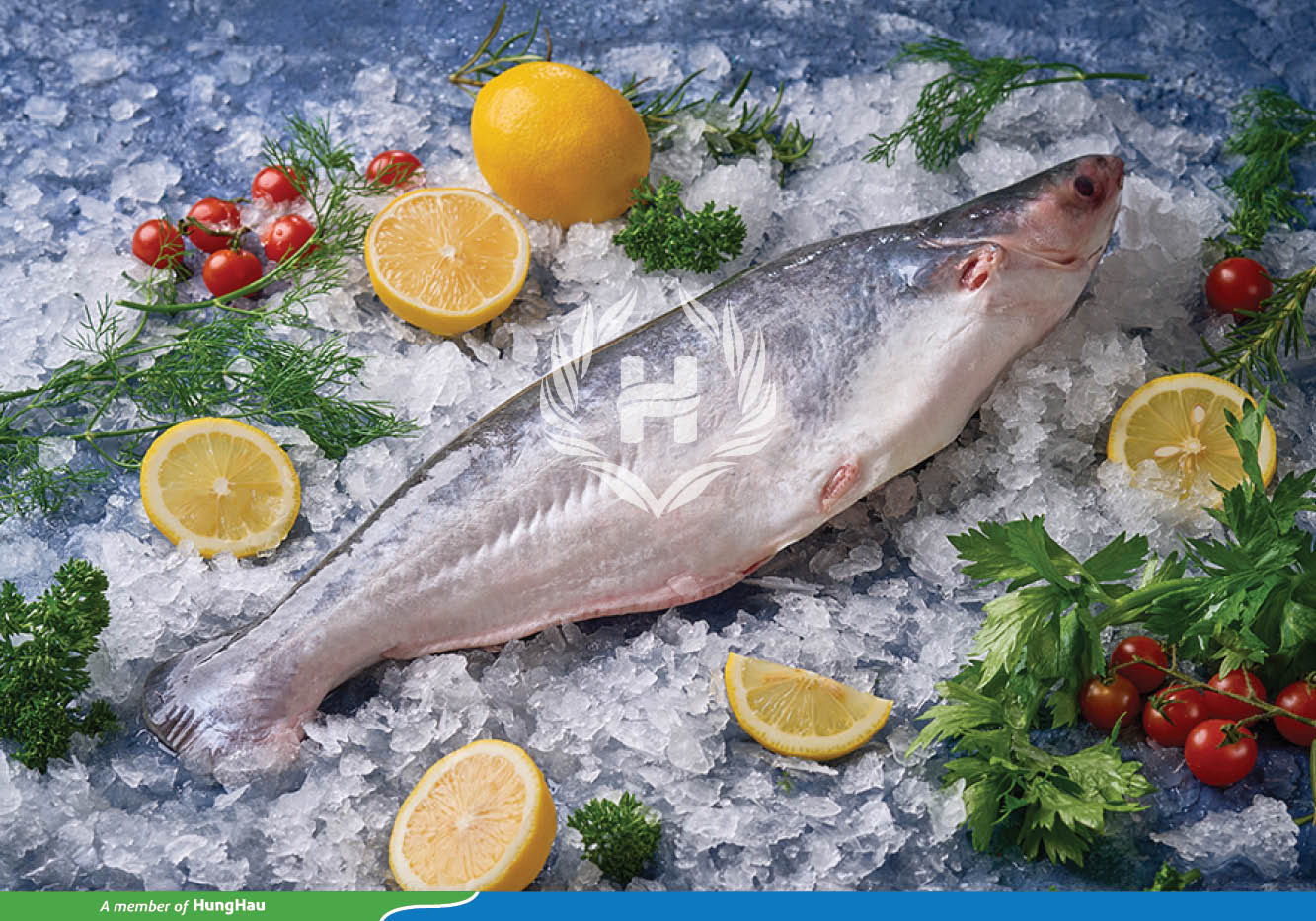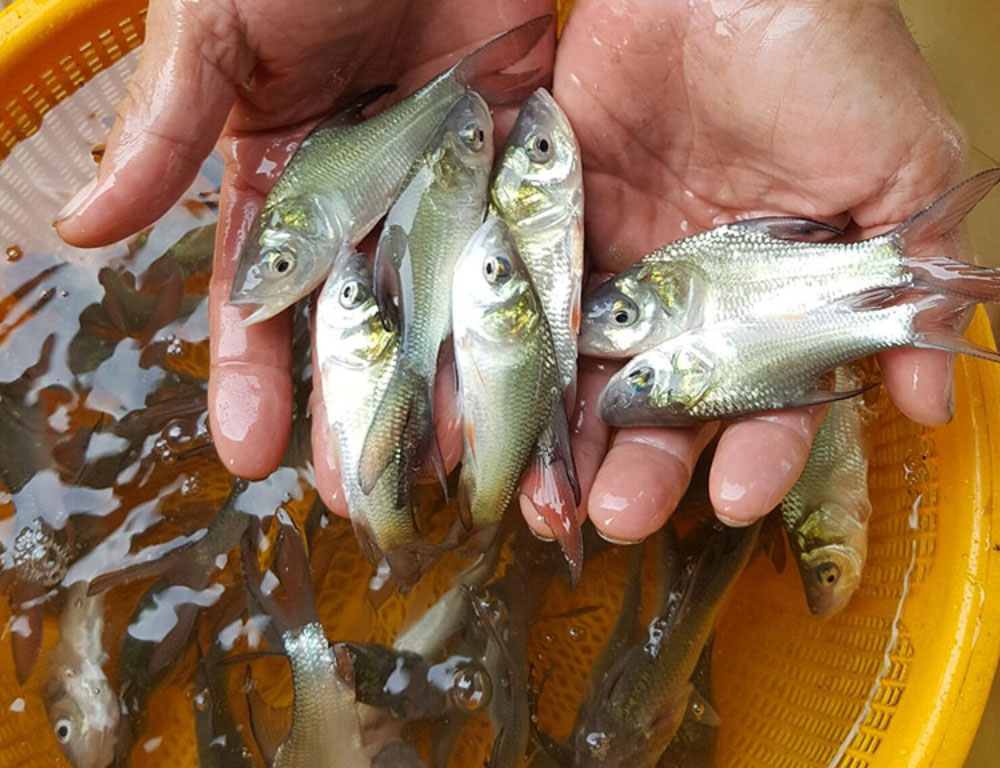Vietnam Seafood
Can Tho fingerling prices surge despite limited flooding
Fingerling prices in Can Tho province, Vietnam’s Mekong Delta, have risen sharply compared to previous months and the same period last year, despite subdued demand and limited seasonal flooding.
This year, major floods are unlikely in the Delta as many provinces continue planting a third rice crop, reducing demand for fingerlings traditionally stocked in flooded fields. However, farmers still require fingerlings for ponds, ditches, and cages, supporting overall demand.
Prices for many species have climbed significantly. Snakeskin gourami (120–150 fish/kg) are selling for VND160,000–180,000 per kg, up from VND120,000–150,000 last year. Climbing perch, yellow catfish, and carp (100–150 fish/kg) now fetch VND100,000–140,000 per kg, some of the highest prices in years. Other species such as tilapia, silver carp, common carp, grass carp, and Asian swamp eel retail for VND70,000–90,000 per kg (80–120 fish/kg).
Pangasius fingerlings (size 12–16) are trading at VND1,500–2,000 each, while silver pomfret of the same size are priced at VND500–600. Marble goby (over 10 cm) sell for VND5,000–6,500 each, and snakehead (10–12 cm) for VND800–1,000.
Rising input costs and tighter supply are pushing prices higher. Production of some species such as perch and snakeskin gourami has been hit by high mortality rates due to adverse weather. Many hatcheries in Can Tho have closed or converted to other crops, sharply reducing nursery areas. Strong farmed fish prices are also supporting fingerling prices. Pangasius – a major export species, has sold well recently, encouraging farmers to focus on pangasius fry production and reducing supply of other species.
Still, prices for certain fingerlings have remained stable or even declined due to weaker demand and lower market fish prices. Bronze featherback fingerlings (size 14) remain around VND2,500 each; eel juveniles (500–1,000 fish/kg) at VND2,800–3,600 each; and African catfish fry at VND45,000–50,000 per kg. Notably, pangasius fry prices, which hit record highs of VND45,000–50,000/kg earlier this year, have fallen to VND26,000–28,000/kg due to increased supply and weaker market prices, though still about VND5,000 higher year-on-year.

Annually, flood season is vital for wild fish culture in the Mekong Delta, providing abundant water and natural food sources. Floodwaters have yet to peak, though muddy runoff has begun appearing in major rivers and canals, signaling the approaching season. While flooding remains limited so far, rainfall has improved water levels in canals and ditches, creating favorable conditions for aquaculture. Harvesting of the summer–autumn rice crop is also opening opportunities to use rice fields for fish farming, with demand for fingerlings expected to keep rising.
Le Thai Nguyen, owner of Nguyen Hatchery in O Mon District, Can Tho, said sales at his facility have risen 20–30% and could climb further once major flooding arrives, boosting field, cage, and pen farming models. Most current buyers are stocking ponds, pits, garden ditches, or artificial tanks.
Nguyen added that fingerlings produced in Can Tho not only meet local demand but are sold to other Mekong Delta provinces and exported to Cambodia, underscoring strong consumption potential. Prices may continue to rise, particularly for popular species.
Ngo Thi Xuan Lan, owner of Thien Hatchery in O Mon District, noted that field-based fish farming on rice land once thrived thanks to large floods bringing natural food and cutting production costs. However, smaller floods and higher rice prices in recent years have encouraged farmers to expand to three annual crops, reducing fish culture during the flood season.
Looking ahead, fingerling demand is expected to grow as the flood season progresses, with farmers scaling up seasonal aquaculture models. Fingerlings are also purchased for animal feed, culinary uses featuring juvenile fish, and ceremonial releases to replenish wild stocks.
Source: https://vietfishmagazine.com/



 Tiếng Việt
Tiếng Việt